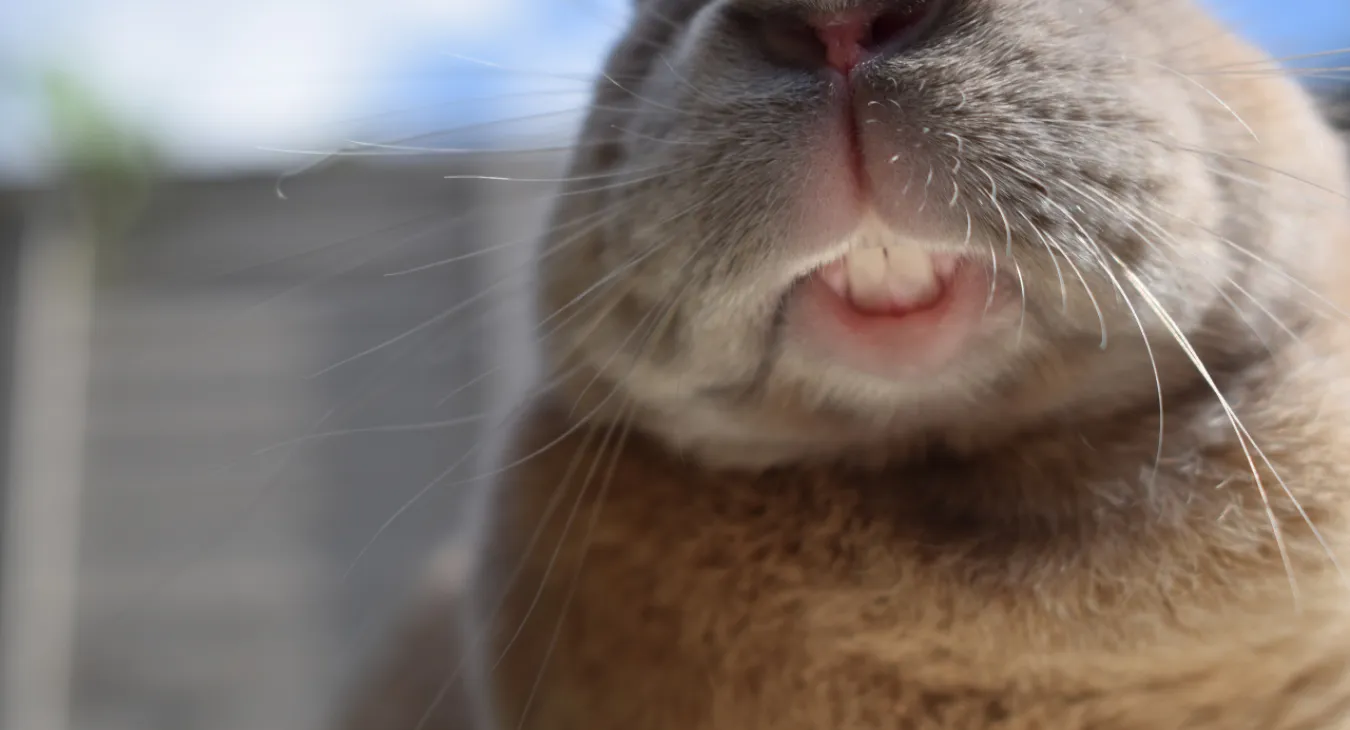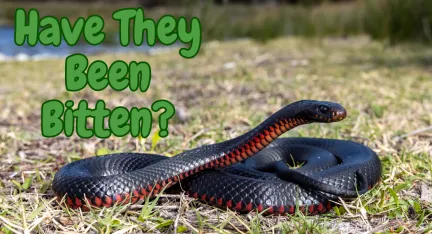Hello, family pet lovers! It's Matt Young from Companion Animal Veterinary Hospital, and today in our Ask The Vet series, we're focusing on a common yet often overlooked issue in pet rabbits: dental problems due to continuous tooth growth.
Continuous Tooth Growth in Rabbits
Rabbits have a unique dental structure; their teeth grow continuously throughout their lives. This can lead to serious health problems if their teeth don't align properly. When misalignment occurs, the teeth don't wear down as they should, leading to excessive growth. This can prevent rabbits from eating properly and may cause damage to their molar teeth or even lead to jaw abscesses.
Identifying the Problem
Rabbits have six incisor teeth at the front, which are visible to us. However, they also have other teeth located far back in their mouths, behind their eyes, which are impossible to see without anesthesia and special instruments. In a healthy rabbit, the upper teeth should sit slightly in front of the lower incisors, overlapping like scissors. If the jaw is not the correct length, these incisors do not meet, and the teeth will miss each other.
Causes of Misalignment
There are two primary reasons for misalignment in rabbits:
- Congenital Malalignment: Some rabbits are born with jaws that don't line up correctly.
- Trauma: Injuries from jumping or falling can damage teeth, leading to misalignment as the damaged tooth grows out.
The Consequences of Overgrown Teeth
If left untreated, overgrown teeth can curve towards the back of the head, making it difficult for rabbits to eat. This can also prevent proper closure of the jaw, leading to overgrowth of the molars.
Treatment Options
The overgrown teeth need to be trimmed or ideally removed. While it might seem concerning to remove a rabbit's incisors, they can actually eat much better without the deformed teeth. They won't be able to graze effectively on grass, but they can manage well on hay and high-fiber pellets, using their lips to take in food.
Trimming the teeth should be done using a high-speed burr, and it's a recurring process that needs to be done every few weeks for life. In some cases, the molars may also require treatment, which involves general anesthesia.
Extraction vs. Trimming
Extraction of the incisors is often a better solution than trimming. If done early, it can prevent the development of molar problems. While extraction might sound drastic, it significantly improves the quality of life for rabbits with this condition.
Regular Dental Checks
If you have a rabbit, it's crucial to regularly check their teeth for overgrowth. Early detection and treatment are key to preventing more serious issues.
Conclusion
Dental problems due to continuous tooth growth are common in rabbits and can lead to an inability to eat and secondary health issues if not treated properly. Regular dental checks and early intervention are essential for the health and well-being of your rabbit.
- Log in to post comments



